The world’s most beautiful royal palaces
As the world pays its royal respects to Queen Elizabeth, Tamara Hinson highlights nine awe-inspiring residences of kings, queens and emperors which are open to the public

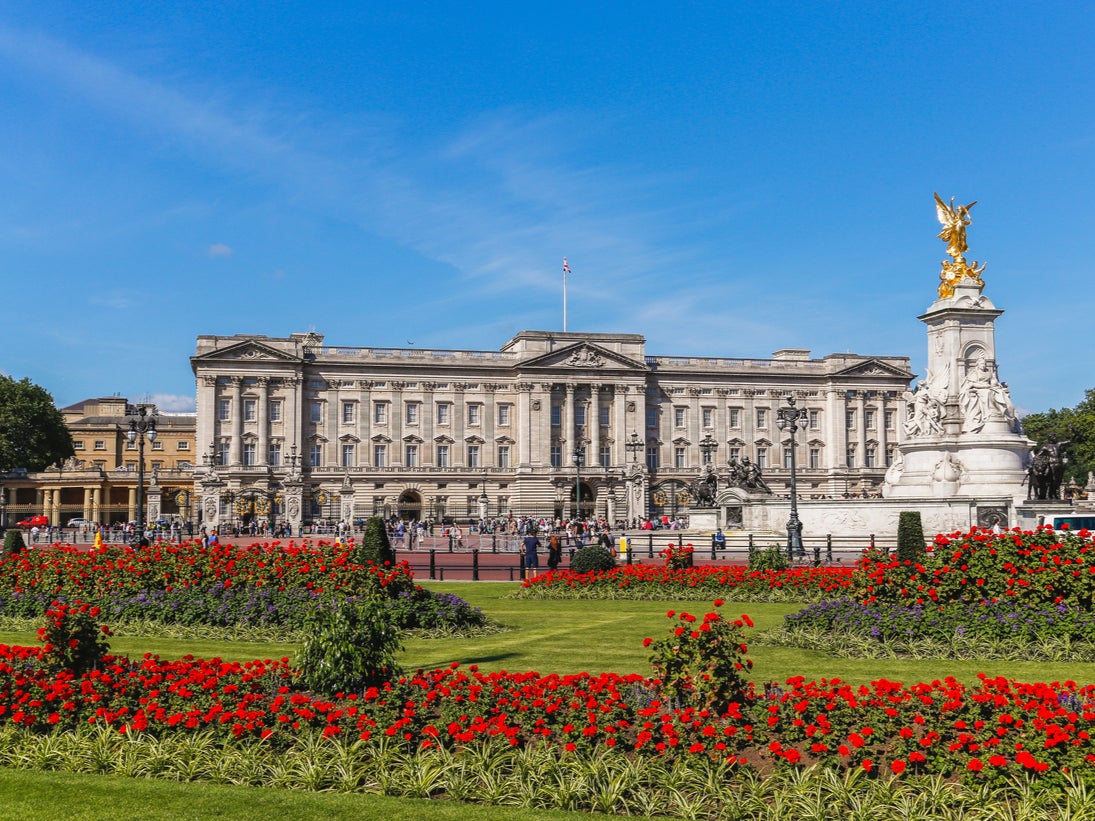
The current laser-like focus on events taking place inside royal residences such as Buckingham Palace and the Palace of Holyroodhouse isn’t just a reminder of the nation’s respect for the former monarch – it confirms that nothing beats a look inside the opulent residences built and lived in by the world’s ruling families. Here are nine palaces and castles fit for a queen (but open to Joe Public, too).
Schönbrunn Palace, Vienna, Austria
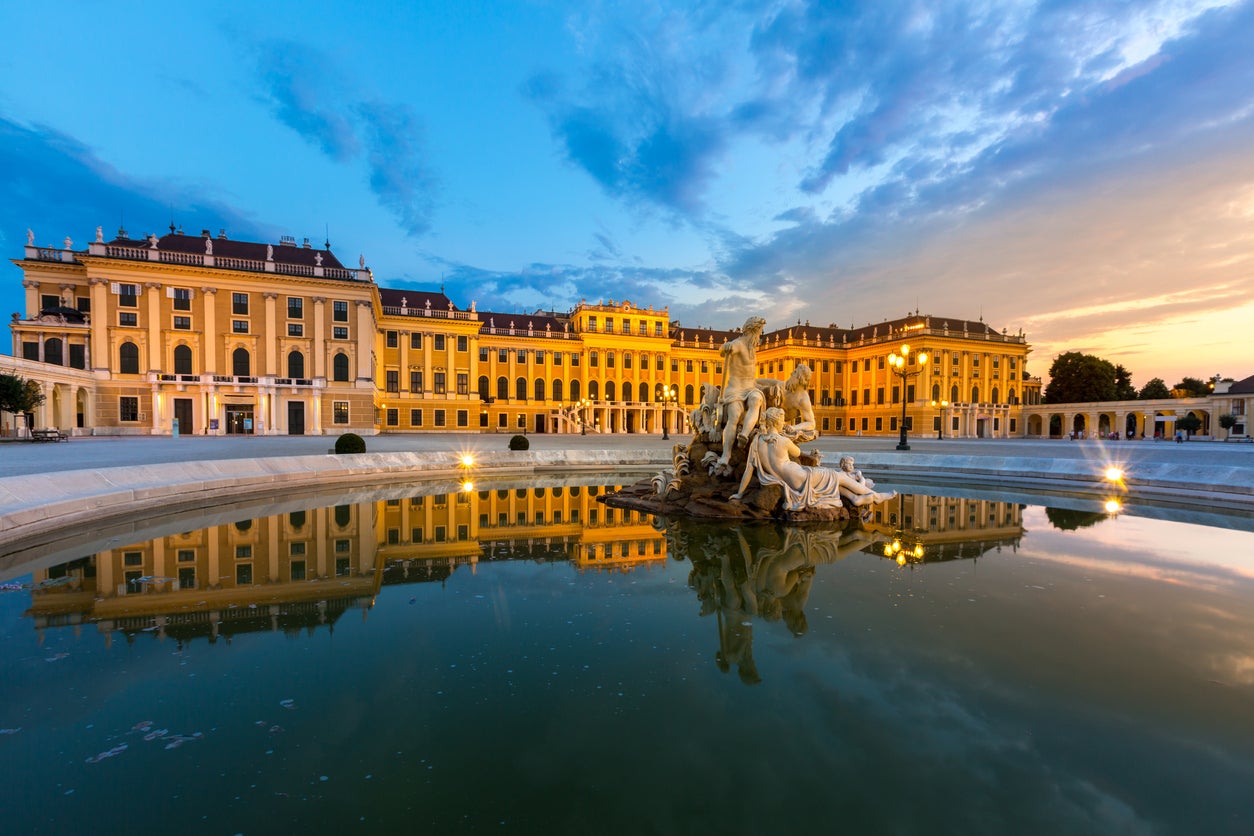
This Unesco World Heritage site is the former summer residence of the ruling Habsburgs, and the best way to learn about this 300-year-old palace’s history is on the Imperial Tour, during which you’ll visit 22 staterooms. Admission to the palace is free, and we recommend allowing at least a day to explore the entire property – the sprawling grounds contain a maze, a palm house (Europe’s largest) and an orangery. There’s also a brilliant Carriage Museum where you can learn about the spectacularly ornate fleet of vehicles used by the Habsburgs. Trust us, even the flashiest limo will look rather plain after this.
Palace of Fontainebleau, Fontainebleau, France
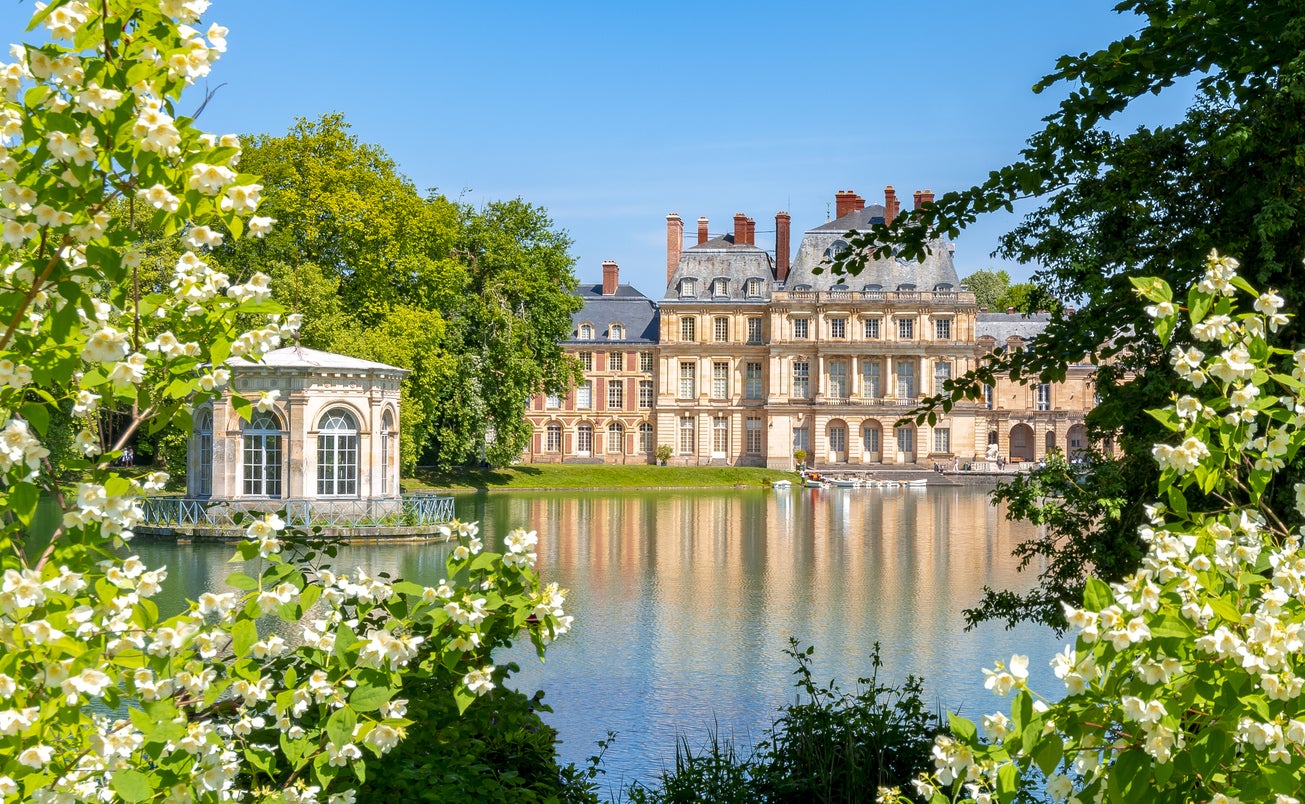
This often-overlooked royal palace dates back to medieval times, although it was Francis I who gave it a right royal spruce up in 1528, transforming it into an opulent tribute to Italianate design that subsequently became the home for every French king until the 19th century. Although there are several reminders of its medieval roots (including the former keep), this palace is all about grandeur, thanks largely to the Italian craftsmen commissioned by Francis I. Significant events that took place at the palace, which is open to the public, include the birth of the future Louis XIII in the King’s apartment and the imprisonment of Pope Pius VII in the Napoleonic throne room between 1812 and 1814.
Forbidden City, Beijing, China
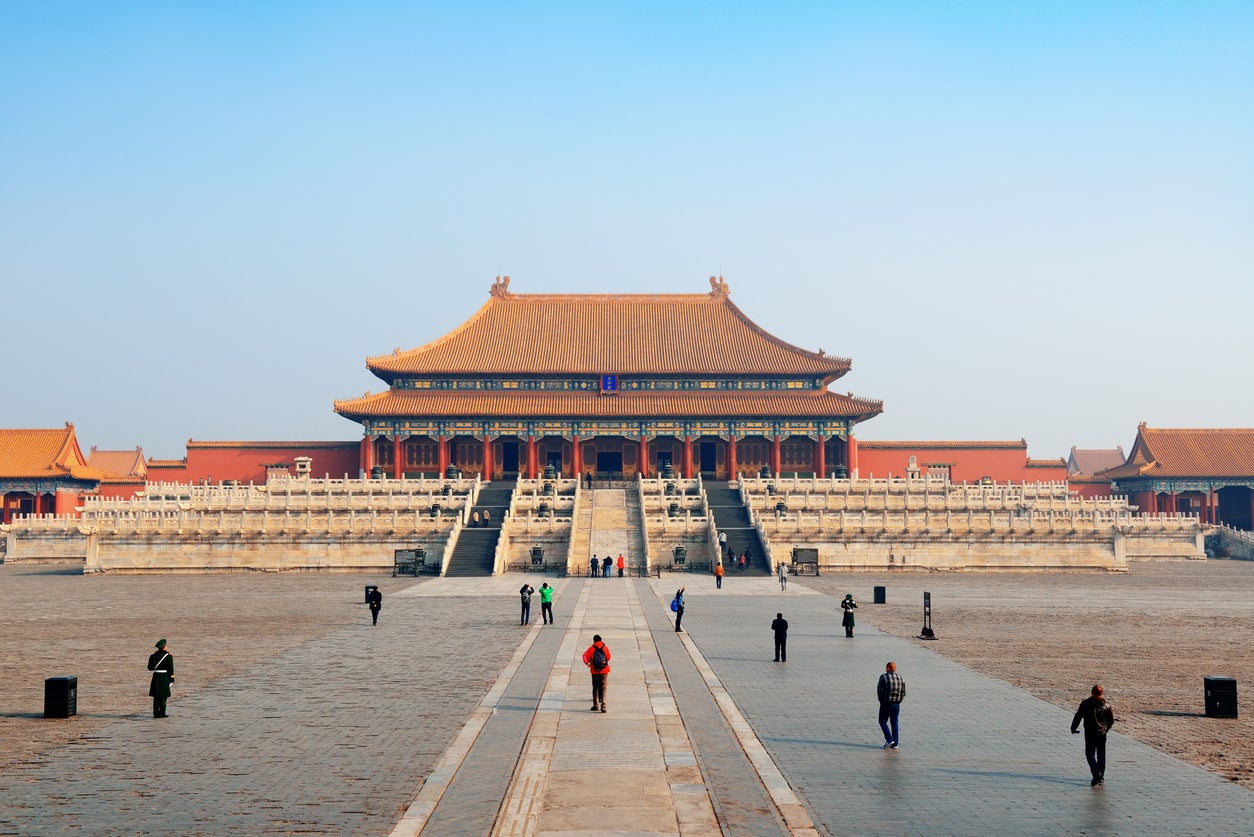
Beijing’s Forbidden City, built in the early 1400s, is the former Chinese imperial palace, although it’s best described as a complex. Step beyond its twisting moat and you’ll find 90 palace compounds used by China’s emperors until 1925. The spectacularly ornate courtyards, palaces and ceremonial halls have suitably grand names – the most important include the Palace of Heavenly Purity (Qianqinggong), the Palace of Earthly Tranquility (Kunninggong) and the Hall of Celestial and Terrestrial Union (Jiaotaidian). One of the most fascinating areas is the (surprisingly plush) living quarters used by the world’s largest harem, recruited to ensure the emperors had an abundance of potential heirs. These rooms are now used to display Chinese treasures collected by the imperial family.
Wawel Royal Castle, Krakow, Poland
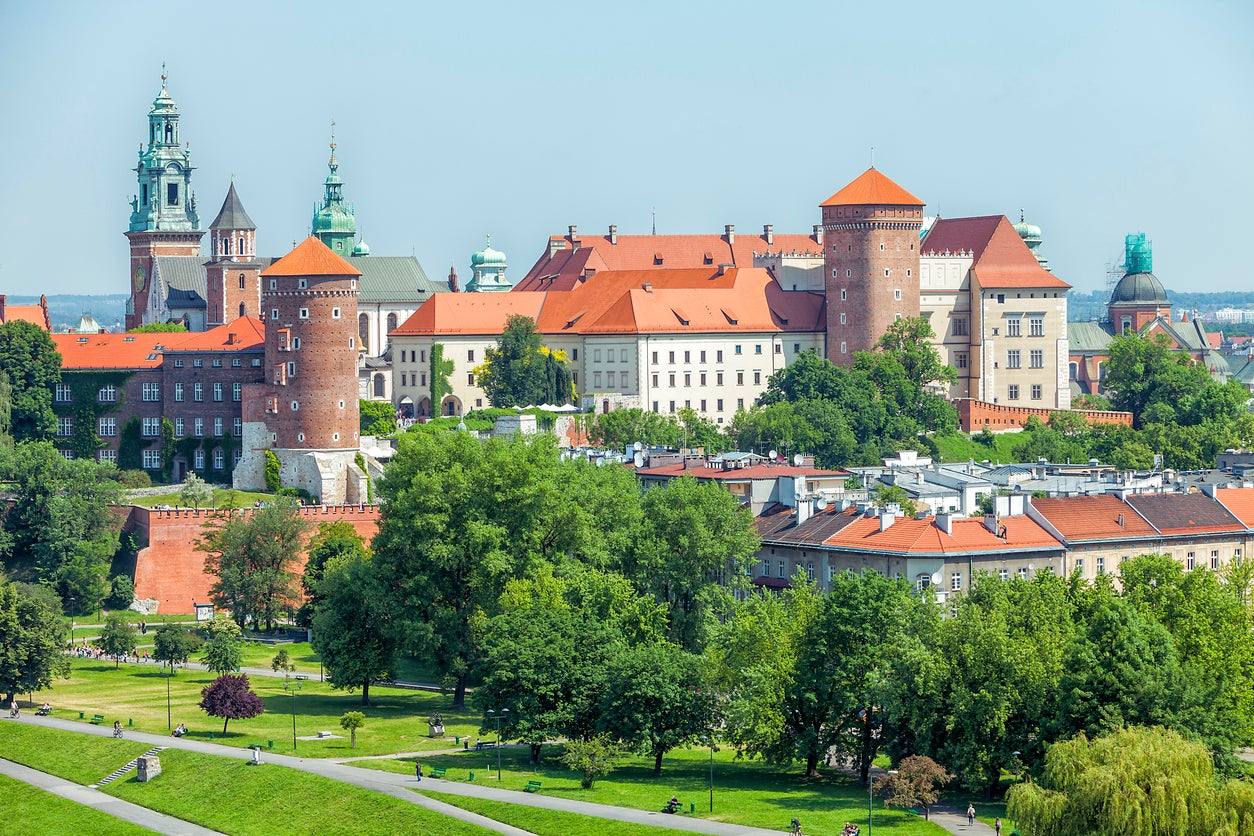
This is the most important site in Poland – the former seat of Poland’s rulers, and the place where the country’s history was shaped. It’s another former royal residence that is more of a complex – some of the most stunning buildings include the pre-Romanesque prince’s residence and the palace’s western and northern wings, commissioned by King Sigismund the Old (yes, that really was his name) in the 1500s and famous for their ornate stonework. You’ll need at least three hours to explore the entire site, and one spot that shouldn’t be missed is the Crown Treasury, where exhibits include a child-sized suit of armour used by King Sigismund Augustus in the 16th century.
Himeji Castle, Himeji, Japan
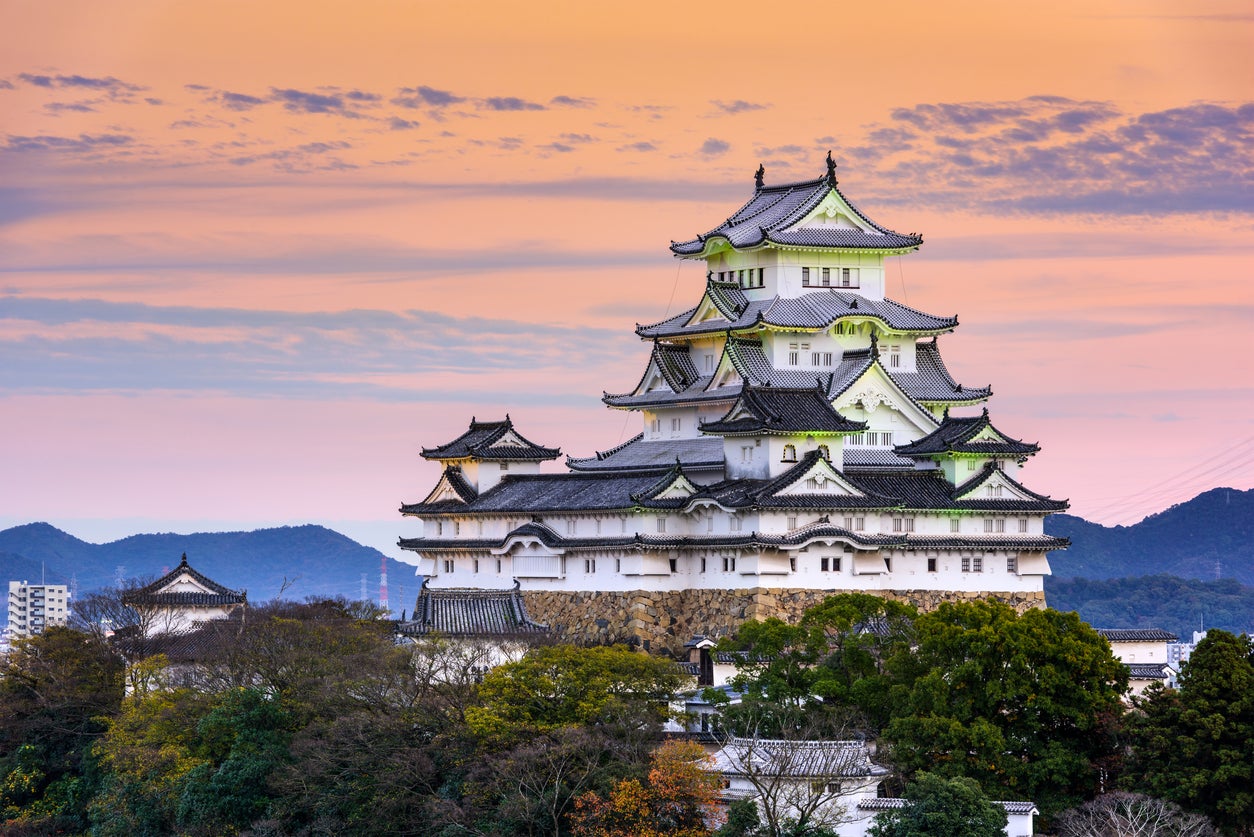
It’s hard to miss Himeji Castle, an enormous fortress nicknamed ‘the egret’ for its bright white walls. Regarded as the finest surviving example of early Japanese castle architecture, Himeji is one of the few castles to survive the fires, earthquakes and feudal wars that destroyed many of Japan’s other fortresses. Built in the 1300s and gradually extended by the various ruling clans who lived here, Himeji is made up of 80 buildings. Its twisting walled paths and numerous gates were designed to confuse invading forces (it’s scarily easy to get lost during explorations) and prevent them reaching the complex’s six-storey, shrine-topped wooden keep. March and April are the best months to visit – this is when the castle’s cherry blossom trees explode with colour.
Buckingham Palace, London, England
Buckingham Palace is off limits to the public for most of the year, but between July and October visitors can wander through its gardens and check out 19 of its finest staterooms, including several rooms still used for ceremonial events. Queen Elizabeth II’s decision, in 1993, to open the palace to the public stemmed partly from the need to raise funds for renovation work at Windsor Castle following its devastating fire. Don’t miss the annual exhibition created by the Royal Collection Trust to coincide with the public tours – in the past, these have focused on everything from Japan’s royal palaces to the artworks owned by the royal family. The grandest stateroom open to the public is the White Drawing Room, where our favourite feature is a secret door designed to resemble a mirrored cabinet.
Royal Palace, Madrid, Spain
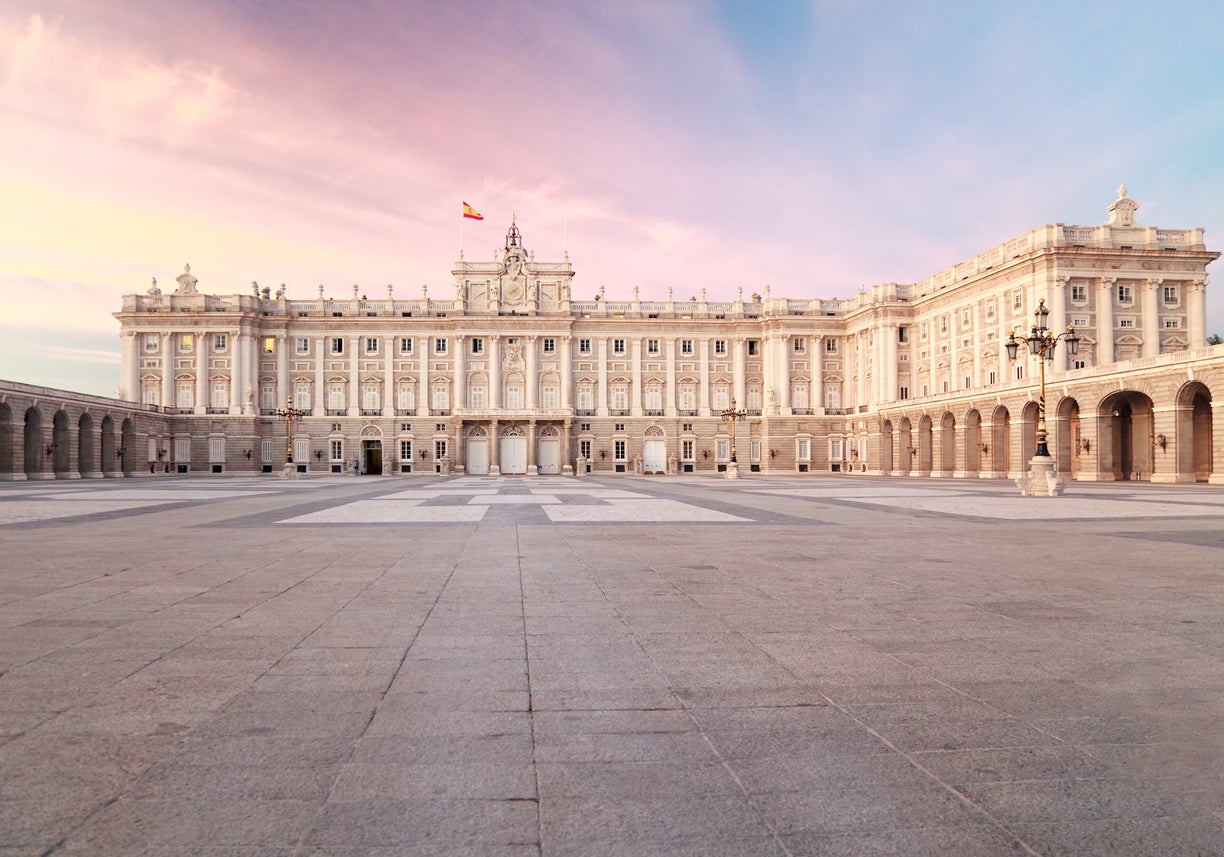
Hate vacuuming? Imagine being a housekeeper at Madrid’s Royal Palace, which has 3,418 rooms and remains an official royal residence. Rooms open to the public include the Throne Room and the Gasparini Chamber, both of which are explosions of Rococo opulence. Equally spectacular is the Royal Armoury, which has one of the world’s largest collections of military weapons and armour. We also recommend checking out the Campo del Moro, a garden created by Phillip II in the 19th century and designed to mimic the ones at the Palace of Versailles. Speaking of which...
Palace of Versailles, Versailles, France
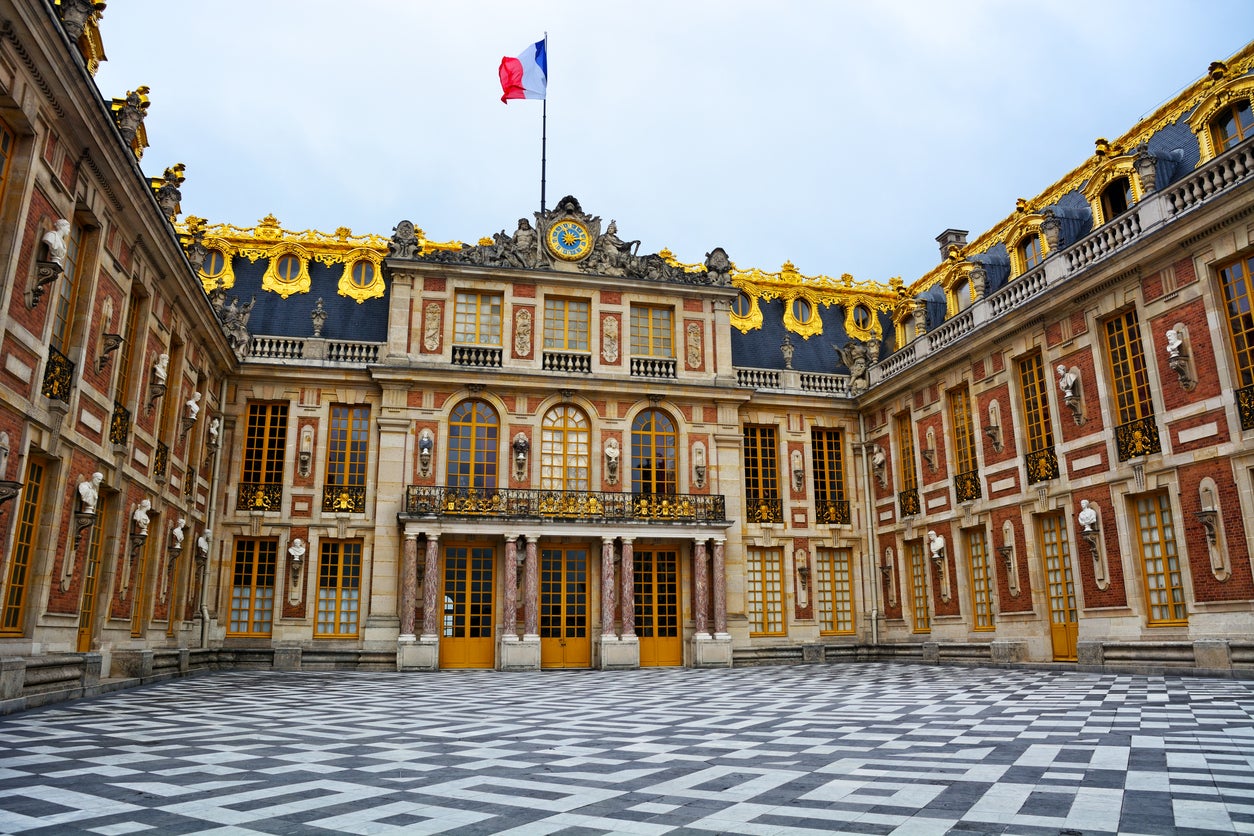
It doesn’t get more opulent than this former French royal residence, which started life as the private hunting lodge of Louis XIII, who ruled between 1610 and 1643. Louis XIV can take most of the credit for its decadent makeover – by the early 1700s, renowned architects and landscape artists had been recruited to add fountain-filled gardens, royal gates and marble-floored courtrooms. Its famous feature is the Hall of Mirrors, constructed in the late 17th century. This 73-metre-long room is lined with frescos depicting key moments in France’s history, including Louis XIV’s reign (hardly surprising, given he commissioned the decor), alongside various military triumphs. Its most famous feature is the row of 357 mirrors, added partly as an attempt to demonstrate France’s manufacturing capabilities at a time when Venice had the monopoly on mirror production.
The Palace of Holyroodhouse, Edinburgh, Scotland
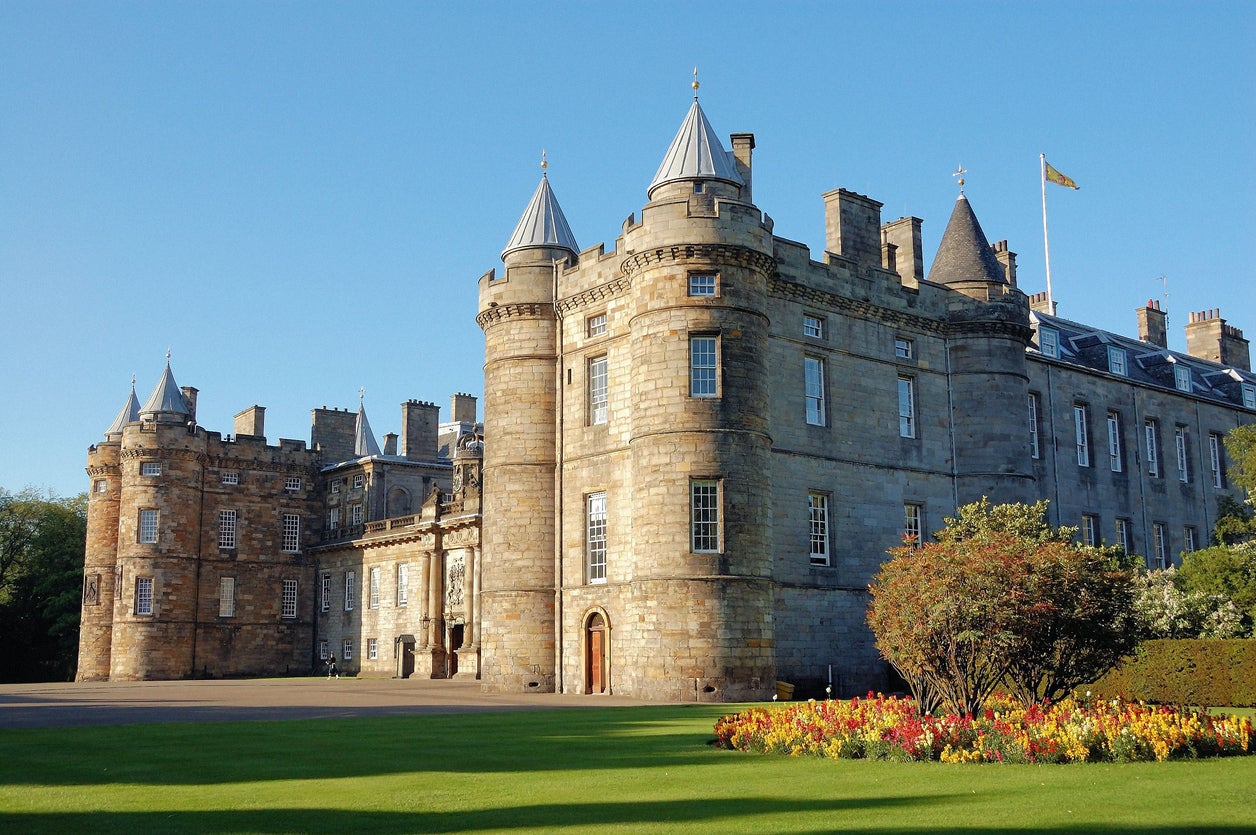
The Palace of Holyroodhouse is a fantastic spot to learn more about Scotland’s history. Best known as the home of Mary, Queen of Scots during her short reign, the palace’s staterooms are regularly used by the royal family. Areas open to the public include the 14 staterooms and the grounds, where visitors can explore the ruins of Holyrood Abbey, built in the 12th century. James IV built the palace in the late 1600s, before George V gave it a makeover in the 1900s, adding an elevator and central heating.
Join our commenting forum
Join thought-provoking conversations, follow other Independent readers and see their replies
Comments
Bookmark popover
Removed from bookmarks